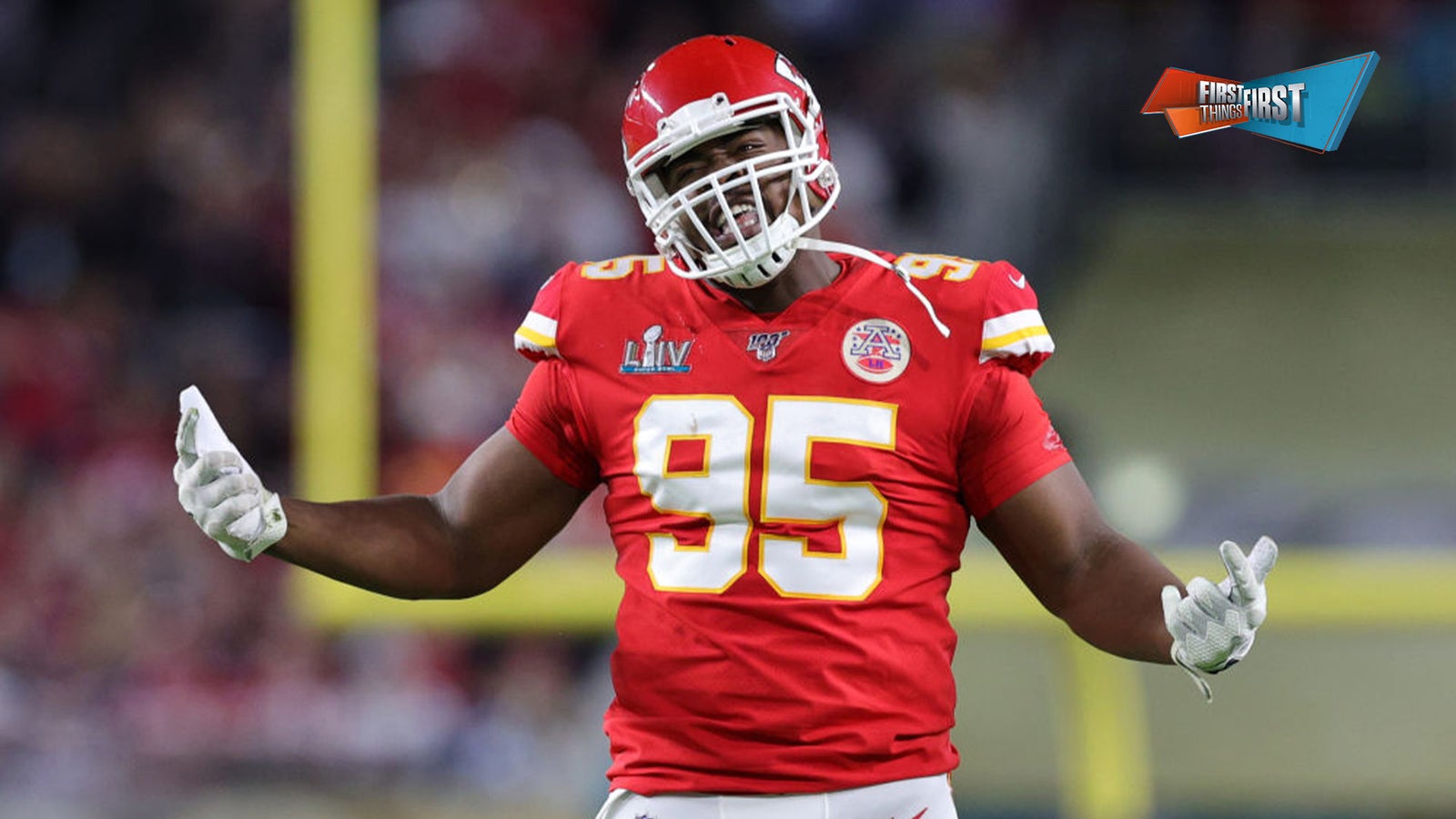Greg Auman
NFC South Reporter
The rich have gotten decidedly richer.
Heck, just about every invested party has. The NFL announced Friday that its 2024 salary cap will be $255.4 million, an unprecedented $30 million bump from last season. That’s higher than expected, reflecting the windfall from new TV broadcast deals and the league’s overall health, set to have more than $8 billion in payroll this coming season.
The cap had been set last year at $224.8 million, and there was already an expectation of a healthy increase to around $242 million, with growing buzz last week that it could be closer to $250 million. So to come in at $255.4 million is something like the Oprah meme — you get a raise! You get a raise! Everybody gets a raise!
What does it mean for NFL free agency, set to begin March 13? However ambitiously high teams were anticipating the cap to come in at, they now have more to spend ahead of free agency — more money to keep their best free agents from hitting the market, more money for franchise tags and even extensions for players who aren’t free agents for another year.
Perhaps the only downside is that the influx of cap space ahead of free agency means that fewer marquee names will likely be changing teams — teams can’t make offers to outside free agents until March 11 and can’t sign them until March 13, so the initial beneficiary of the new money will be coveted free agents who could re-sign with their current teams.
The added cap flexibility is welcome news for teams on both ends of the spectrum — top contenders at risk of losing some of their best can now keep more guys in-house, and financially strapped teams who were way over the salary cap now have less digging and restructuring to do in order to get their books right.
Take a step back, and the extra $13 million only works out to about 5 percent of the cap. That won’t trickle down immediately to players already under contract. The ones gaining the most are those about to hit the market — NFL teams trying to keep their fans happy will only hear the “How did you let that guy sign somewhere else?” crowd that much louder a month from now.
Consider the two-time defending Super Bowl champion Chiefs, who are trying to keep defensive tackle Chris Jones, cornerback L’Jarius Sneed and linebacker Drue Tranquill, among other coveted free agents. Their available cap space nearly doubled with Friday’s news, to about $28 million before any cuts or restructures.
Can the Chiefs three-peat without Chris Jones?

Or a top contender like the Bills, who found themselves more than $50 million over the salary cap before Friday’s news. Buffalo will still have to do some maneuvering and cap tricks to get back under the cap, but it could help them avoid losing defensive standouts like DaQuan Jones, Leonard Floyd or Micah Hyde.
For teams that have counted on significant annual raises to the salary cap and borrowed heavily from future seasons, Friday makes the recovery process a little easier. The Saints are farther in cap debt than any other team, even after freeing up $23 million in cap space by reworking quarterback Derek Carr’s contract earlier Friday — the higher cap means there’s $13 million less to make up, which is good news for their long-term return to normal financial operations.
For eight new head coaches trying to reshape rosters to fit their schemes and preferences, the budget for first-year overhauls just grew. Nearly half the league changed offensive coordinators and the same on the defensive side, so there’s money to bring in new players who are better fits for teams’ new identities.
Thirty-two teams each gaining $13 million in cap space adds up to $416 million in new bonus spending — an NFL stimulus package, if there ever was one. For teams trying to spend wisely and not use cap tricks like void years to create current cap space at the expense of future seasons, this is like getting notice that your credit-card spending limit has been raised, making it easier for desperate teams to take big swings as they try to get back to national relevance and playoff contention.
The NFL’s league-minimum salaries won’t go up in conjunction with a higher salary cap — that starts with rookies making $795,000 this year. The biggest gains will probably go to the league’s biggest stars. The league has only four quarterbacks making $50 million a year or more (Joe Burrow, Justin Herbert, Lamar Jackson, Jamal Hurts) but that number could grow in the next month, with potential new deals for Dak Prescott, Trevor Lawrence and a few other top passers.
Dak Prescott entering final year of $160M deal, should Cowboys commit long-term?

The franchise tag — the league’s tool for helping NFL teams keep their best players off the market for another year — is a percentage of the league’s salary cap, so those figures went up Friday with news of the higher overall salary cap. There could be a lot of players tagged in coming weeks to stay with their teams; think about edge rushers like Jacksonville’s Josh Allen and Carolina’s Brian Burns and top young receivers like Cincinnati’s Tee Higgins and Indianapolis’ Michael Pittman.
At every level of the NFL, there’s somehow more money to be spent than expected, which means bigger deals for everyone in free agency in the next month.
Greg Auman is FOX Sports’ NFC South reporter, covering the Buccaneers, Falcons, Panthers and Saints. He is in his 10th season covering the Bucs and the NFL full-time, having spent time at the Tampa Bay Times and The Athletic. You can follow him on Twitter at @gregauman.

Get more from National Football League Follow your favorites to get information about games, news and more
